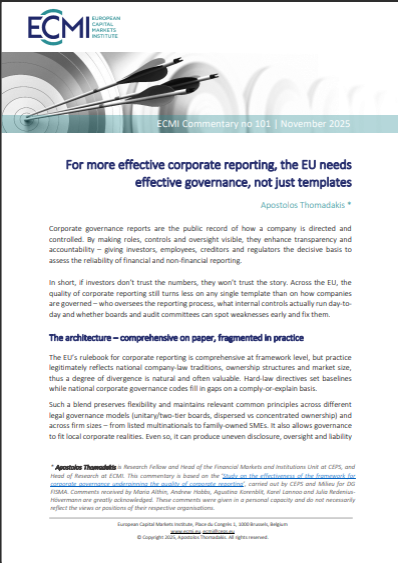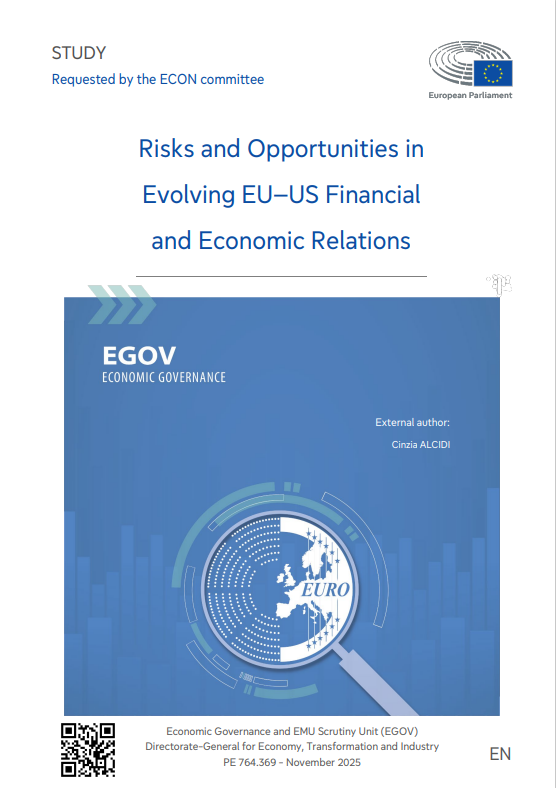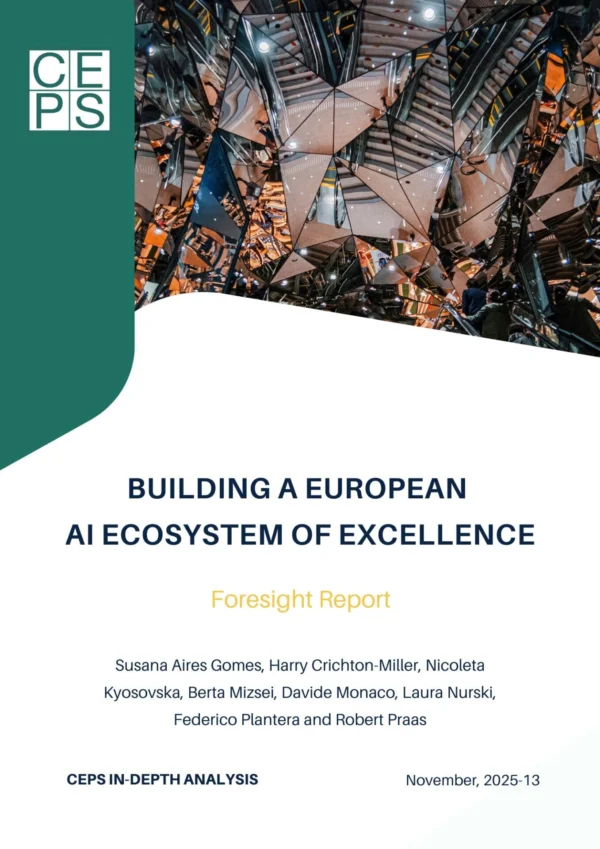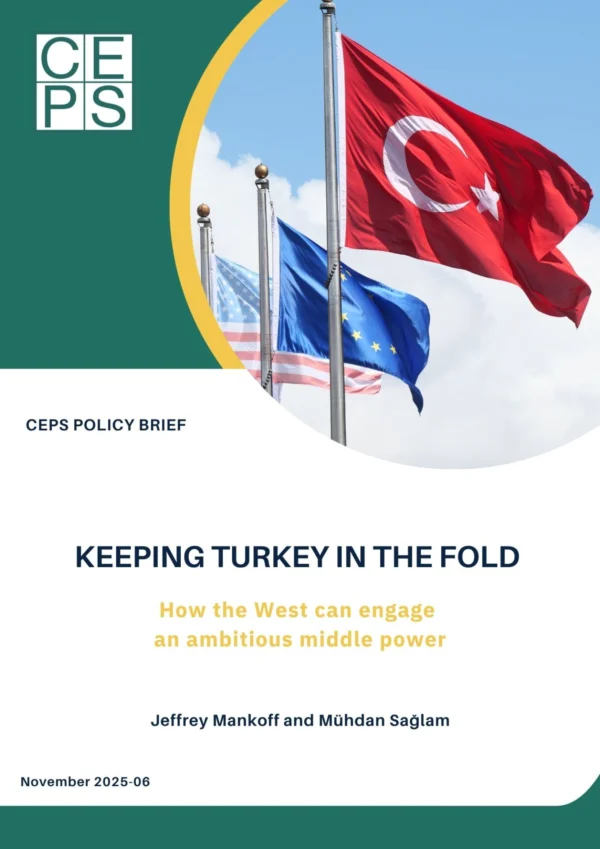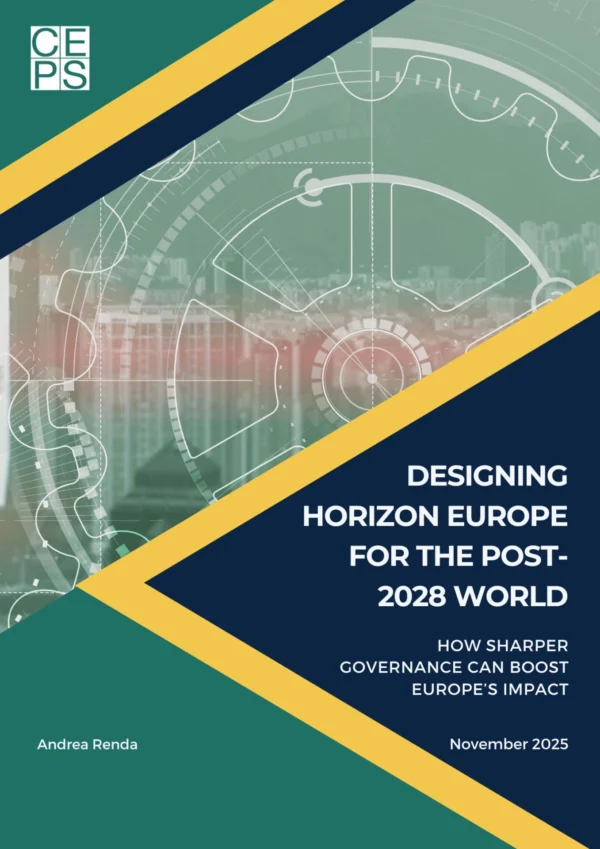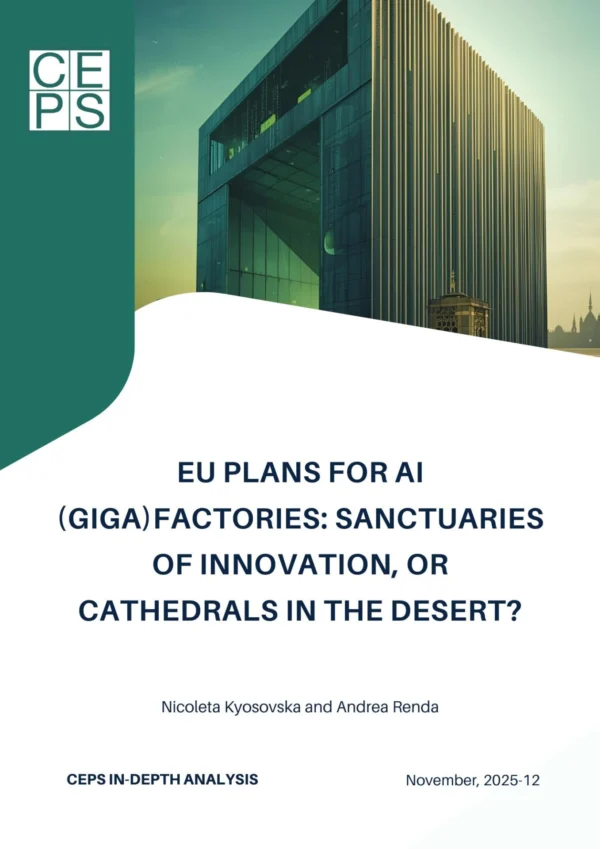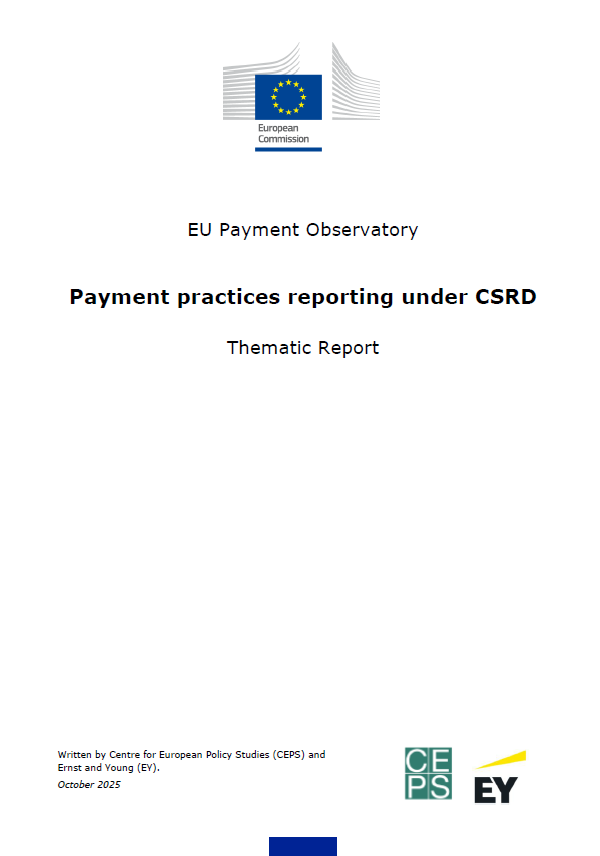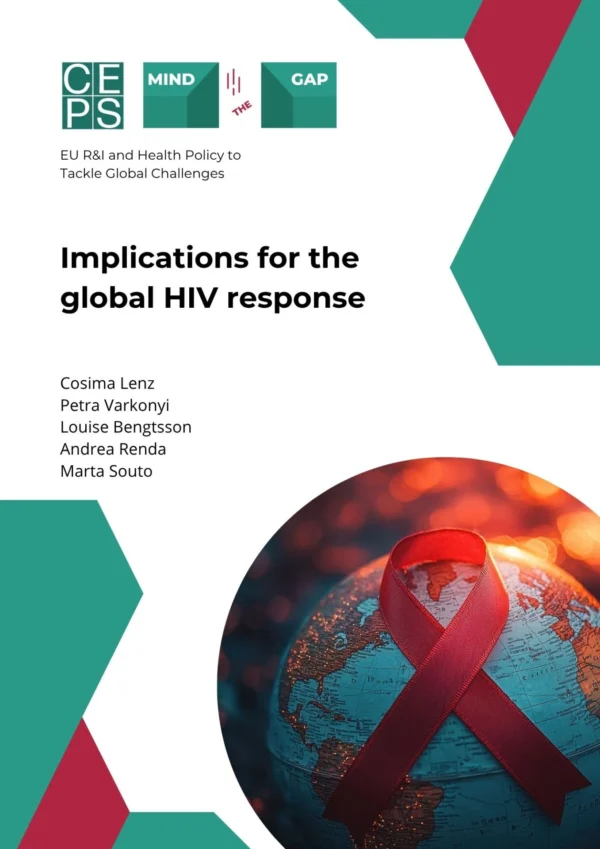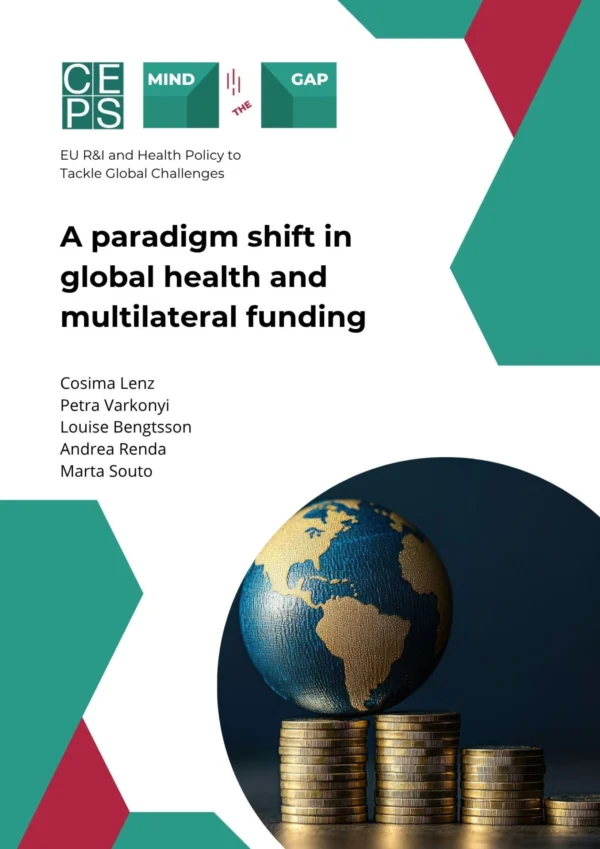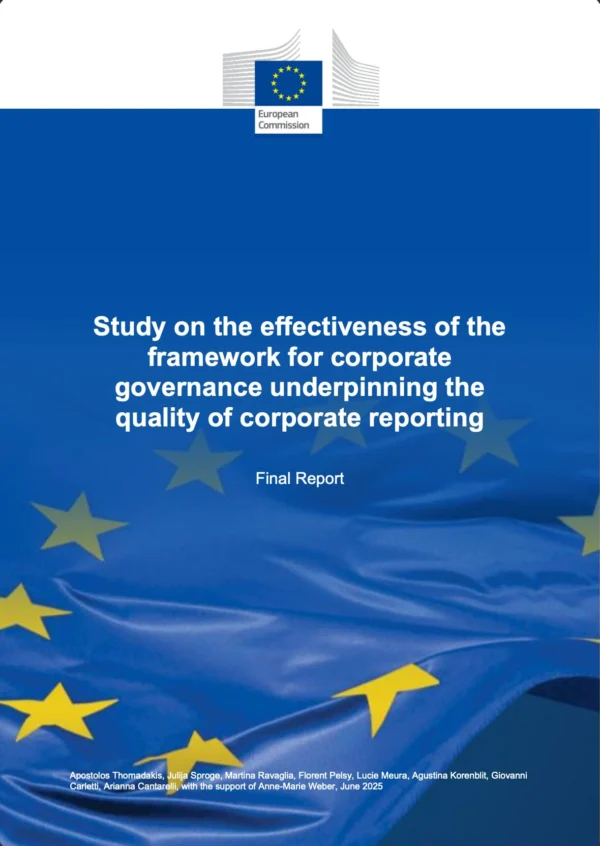Now that the European Commission has reached the half-way point in its five-year term, it is an appropriate moment to assess its performance to date and to look critically at its remaining time in office. Drawing on expert interviews, this contribution analyses two major elements of the Commission’s mandate, the first being the implications of its new way of working, involving a restructured College around ten priority policy fields, for the Commission’s internal dynamics. The paper finds that the internal processes are now more streamlined and team-oriented, but they are carried out under a flawed hierarchy, making the best of an oversized College. Second, the paper examines the Commission’s rationale for and the effect of its White Paper and the reflection process on the future of Europe. It observes an innovative approach, which aims to redefine the level of ambition for European integration and will lead to both policy prioritisation and differentiation.
This paper was commissioned by the Swedish Institute for European Policy Studies (SIEPS) and is also published as a SIEPS European Policy Analysis on the SIEPS website. It is republished on the CEPS website with the kind permission of SIEPS. Sophia Russack is Researcher in the Institutions unit of CEPS and PhD candidate at the University of Maastricht.

